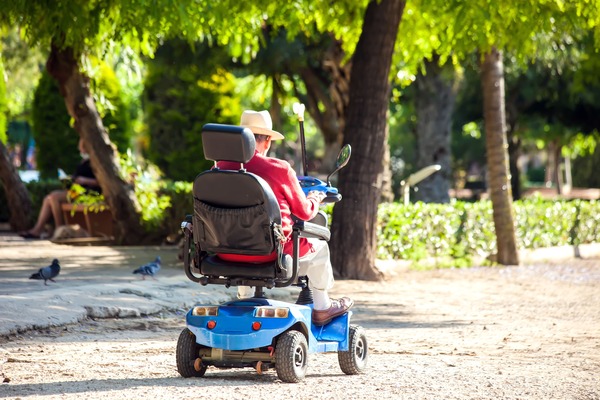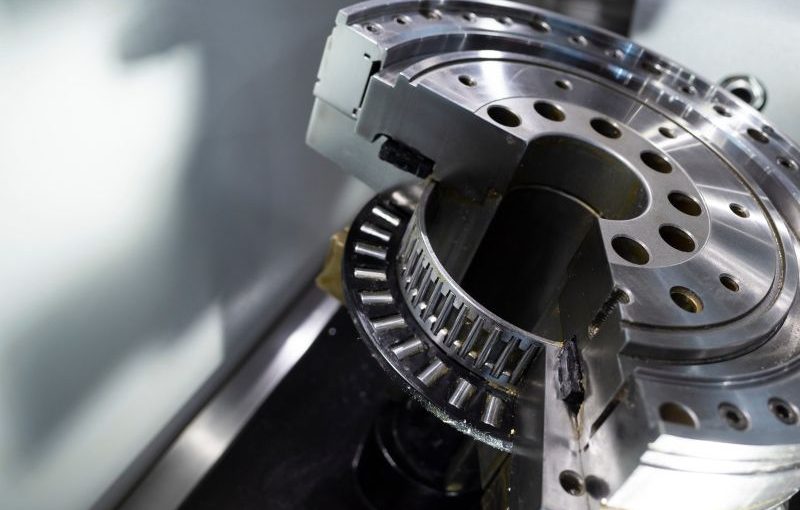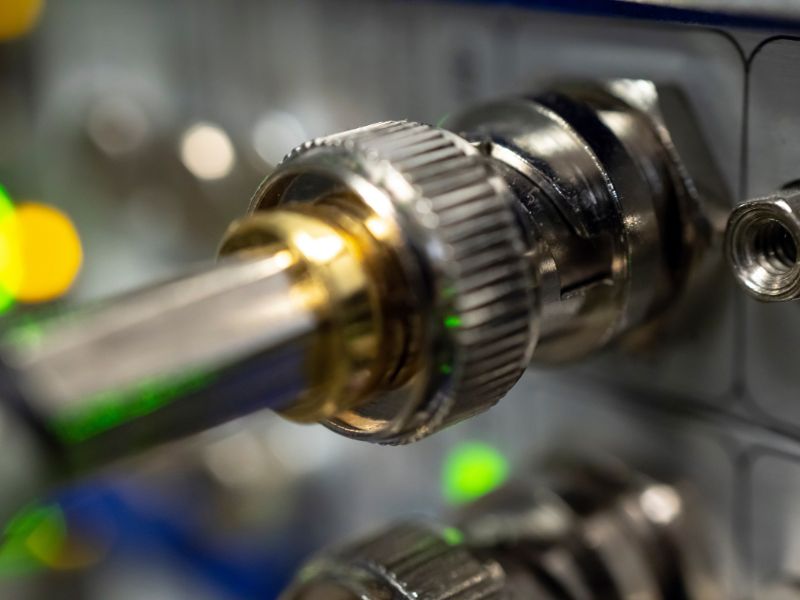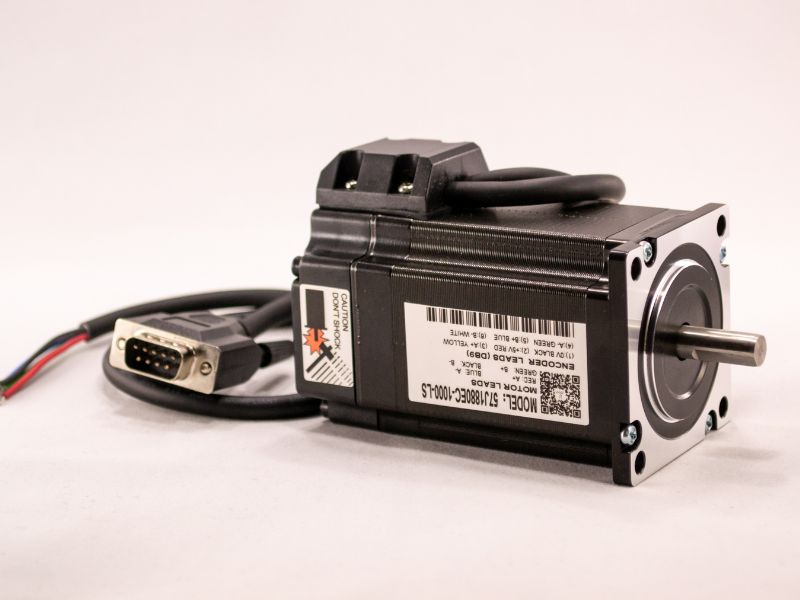Chocolate packaging boxes are used by various chocolate manufacturers. Their purpose is to protect the product from various types of damages and to help it stand out on the store shelf. Packaging appealing to the buyers attracts their attention and boosts sales. It is in fact an efficient marketing tool – it promotes the brand, enables it to excel on the market, and, in effect, turn a bigger profit. In order to experience all of the advantages of good packaging, it is necessary to ensure its resilience and aesthetics.
What to consider while choosing chocolate packaging boxes?
While choosing chocolate packing boxes, it is necessary to consider such aspects as the type and design of the packaging, the type of the refinement, and the type of the material.
Type of the box
The boxes for chocolates can come in many different shapes and sizes. They can also vary based on their type. Chocolate manufacturers usually use magnetic boxes, drawer boxes and bottom-lid boxes.
Design of the box
While the taste is definitely the most important thing about chocolate, the appearance of the confection has a huge impact on the product’s success. A well designed box ensures the aesthetics of the merchandise and can make it stand out from the competition. To attract the gaze of customers and compel them to make a purchase, the chocolate manufacturer should choose a design that can appeal to the buyer.

Type of the refinement
The chocolate packiging boxes can use different types of refinement. The most popular among various manufacturers are:
- hot stamping,
- embossing,
- selective UV varnishes,
- soft touch foils,
- various veneers – canvas, leather, and ecological paper.
Thanks to the implementation of high quality refinements, the chocolate boxes can appear more luxurious, hence more attractive to the customer.
Type of the material
To ensure both high quality and sturdiness of the chocolate box, the brand should make sure the packaging is made of robust and durable solid cardboard. It is also necessary to ensure the materials are food-grade and non-toxic.
How to improve resilience and aesthetics of the chocolate packaging boxes?
To improve resilience and aesthetics of the chocolate boxes, the brand should work with professional packaging designers and producers. MILO Group produces high-end boxes for pralines and chocolates. Each piece of packaging is designed to protect its content and attract the gaze of the customers, compelling them to make a purchase.
MILO Group produces boxes on modern production lines. It ensures repeatable quality and high efficiency and reduces production costs. Durable, yet elegant chocolate boxes with a unique design and company logo are an integral part of brand promotion. By working with experienced advisers, designers and producers, the chocolate manufacturers can make sure their products’ packaging will delight their customers.
Why is it important to pay attention to the resilience and the aesthetics of the chocolate packaging boxes?
The packaging boxes insulate, preserve, and protect the chocolate from exterior damages and the influence of high and low temperatures. They can stop the chocolate from becoming too damp, too dry, and getting crushed. The good quality packaging can ensure the merchandise is properly stored and can maintain its taste, texture and freshness. A strong and resilient box keeps the sweets intact and fresh. The aesthetics, on the other hand, can emphasize the uniqueness of the product. Beautiful box compliments the chocolates by giving them a luxurious appearance and helps to establish the brand on the market.













